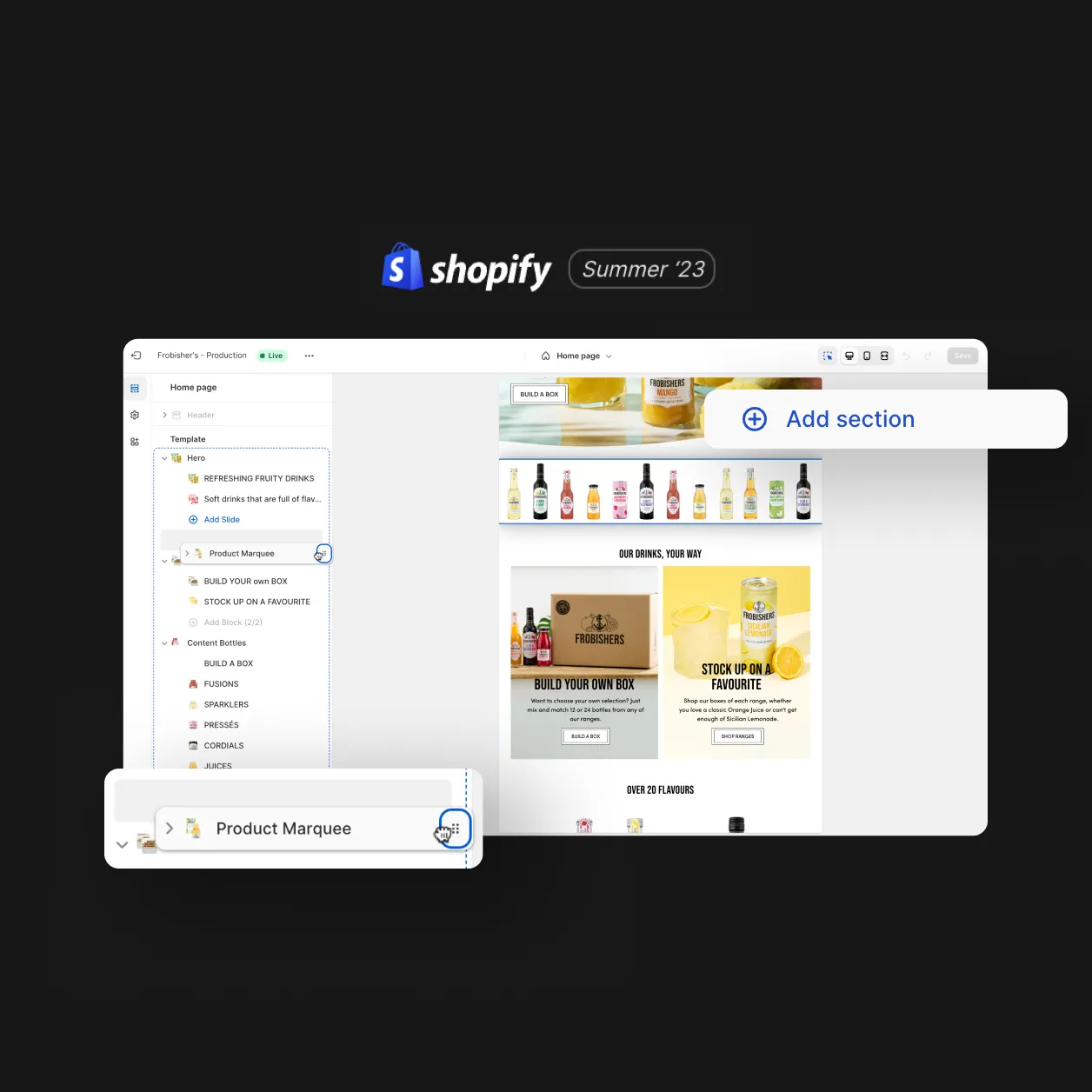
When selling online, there are a few things you need to take into account: your target market, what payment methods you will accept, and the currency you will use. If you want to start selling internationally, Shopify has a number of global sales solutions to help make it easy for you. In this article, we’ll explain the three main options: multi-currency stores, multi-store stores, and headless stores. We’ll also give you some tips on which option might be best for your business.
Shopify Multi-store (separate store per region)
The main advantage of this solution is that it allows for full control over each store. Multi-store setup on Shopify allows merchants to tailor their images, messaging, payment options, and more. This can be important if, for example, you want to offer different promotions in different regions or customise the look and feel of each store.
This is also a popular choice because many brands rely on third-party apps (e.g. Recharge) and these do not have a multi-language or multi-currency option. This means that for every market the merchant is operating in, it must have its own tech stack. That said, Recharge is working on its internationalisation roadmap and we are a part of their beta testing phase.
In the example below we show a client’s site that takes the multi-store approach on Shopify to sell products via single purchase and subscription to customers in the UK (£) and EU (€). For more information take a look at wholesupp.com (UK) or eu.wholesupp.com (EU).
The downside of this option is that it can be more expensive and time-consuming to maintain multiple stores.
Single store with Shopify multi-currency
A key feature of Shopify Plus is its internationalisation and multi-currency feature. This enables a shop to have just one store but offer products in multiple currencies. There are three different ways to set up your pricing:
– International billing: All orders are processed in the shop’s home currency, and the customer is charged the equivalent amount in their own currency.
– Multi-currency selling: Prices for each product are set up in every currency that the shop offers. When an order is placed, the customer is charged in their own currency, at the exchange rate set by the merchant.
– Dynamic currency conversion: This is a third-party service that will show prices to customers in their own currency, and process orders in the shop’s home currency.
`This is the perfect solution for products that do not have a subscription mechanism, for example, a fashion retailer. In the example below we show multi-currency selling for luxury garden antique brand Violet Grey. The website allows UK based buyers to buy items online, while EU or US-based customers must request a delivery quote.
Read more about multi-currency selling on Shopify via this post.
Headless solution for multi-currency and multi-language
The decoupling of the front-end and back-end of an application, with each powered by different technologies and interconnected via a series of APIs, allowing for the total optimisation of each system for its specific purpose.
A headless framework allows website visitors to seamlessly switch between different currencies but it also enables a greater degree of control around aesthetic, an important consideration for luxury products and something that would be difficult with a monolithic architecture (when the frontend and backend are using the same system).
A headless commerce platform also offers the advantage of being able to connect with any number of other systems and devices, such as in-store kiosks or mobile apps. This is perfect for brands who want to offer a consistent experience across all touchpoints.
While a headless solution might be the most complex to set up, it provides the greatest degree of flexibility and control. It’s also the most future-proof option, as it can easily be adapted as your needs change.
To Conclude
If you’re selling products online, there are a few things you need to take into account: your target market, what payment methods you will accept, and the currency you will use.
Weighing up the pros and cons of each solution is key to understanding which one will work best for your business. Consider your budget, technical expertise, and long-term goals when making your decision.
Design
Inspiring behaviour change through visual experiences. Our digital design services ensure instant clarity and visuals that cut-through in a cluttered market.




